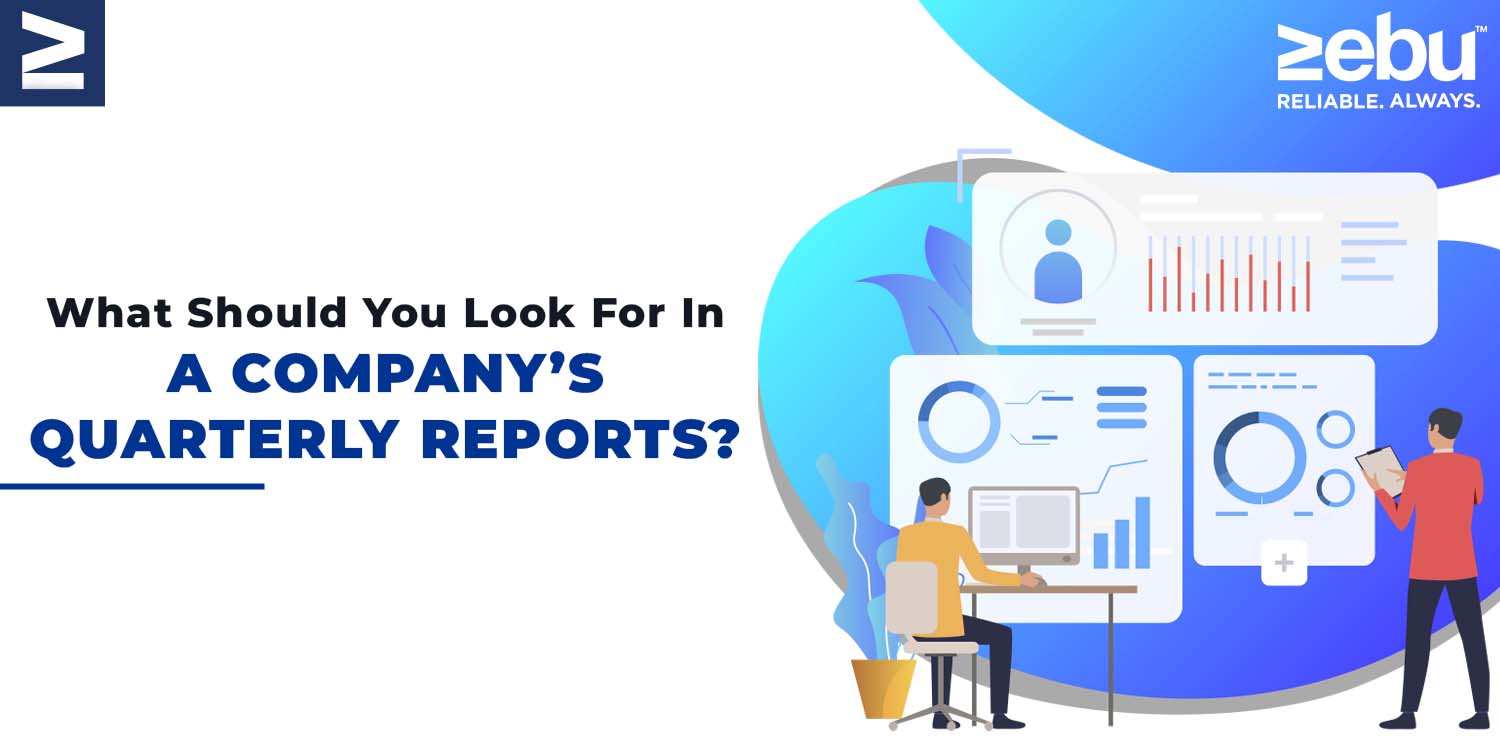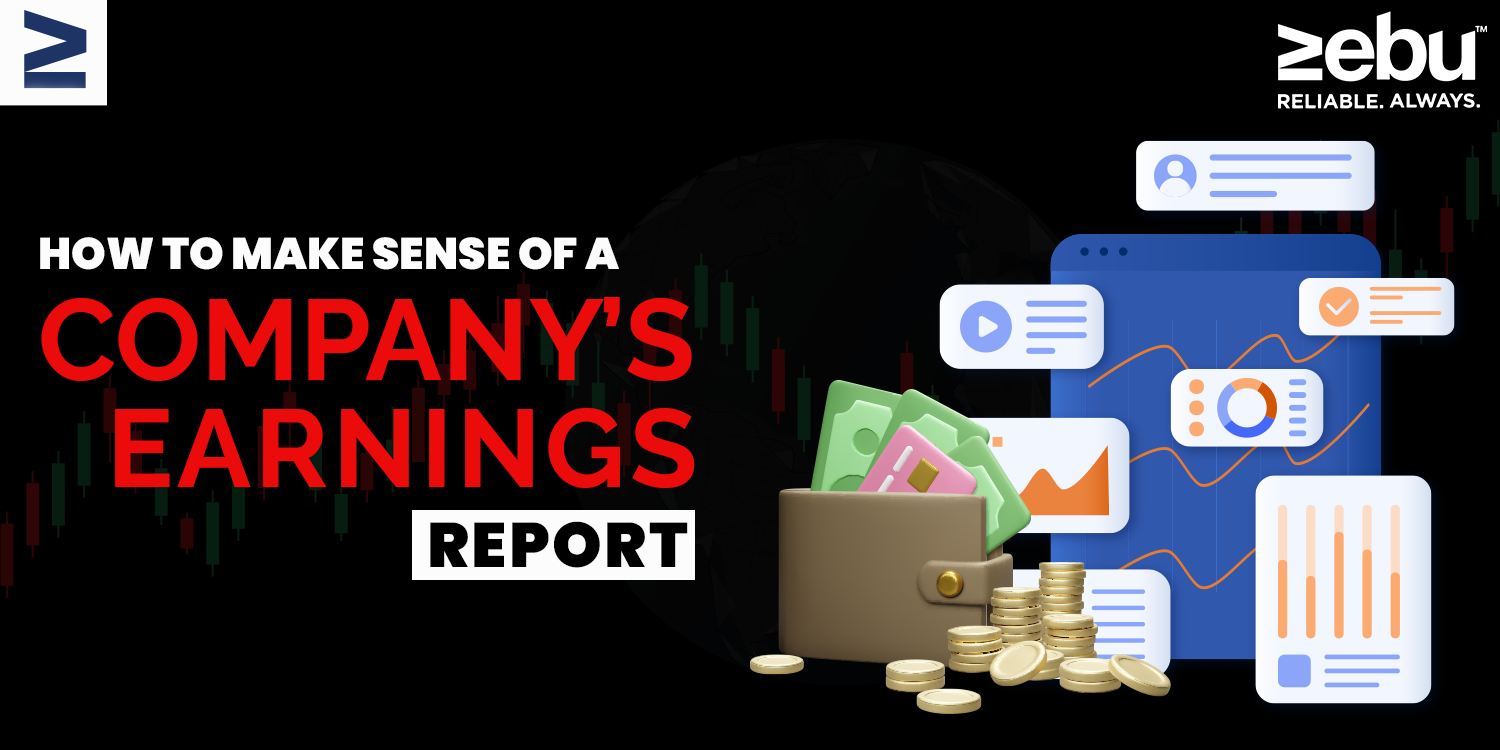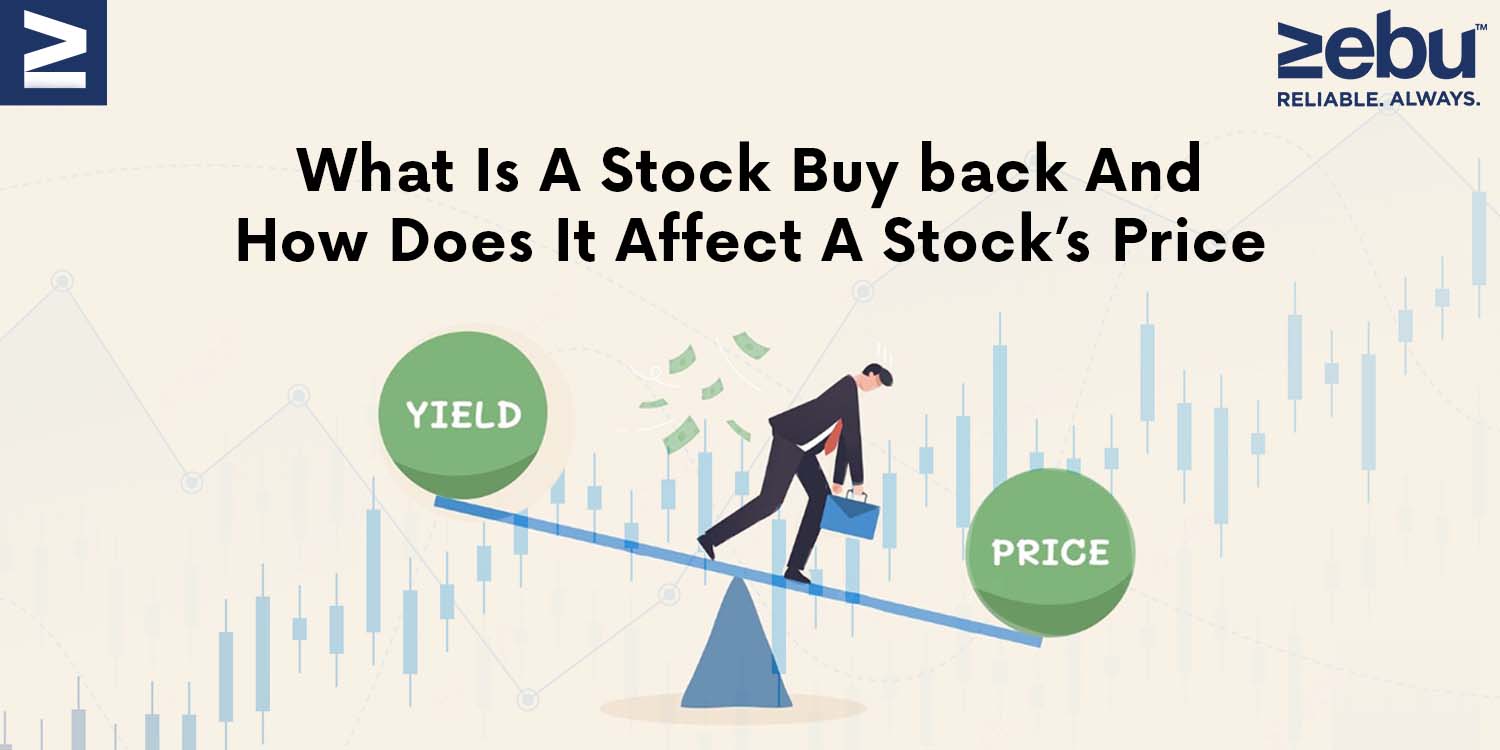
Large Cap vs Mid Cap vs Small Cap: Key Differences That Actually Matter
The fear of the stock market is real, and why wouldn’t it be? How can someone trust the market cycle and go with it when there are so many unknowns and the market will always be volatile? Especially when our hard-earned money is at stake! Before we get into understanding the various types of fears in the stock market, it is important to understand that the technology you use is as important as the strategy. And as a share broking company, we offer the best trading accounts with the lowest brokerage for intraday trading.
At the end, who wants to lose?
People have lost tens of thousands of rupees in the past when the stock market went down. Because of this, when the stock market crashes, people tend to pull their money out of fear, which leads to even more losses. It’s a never-ending loop. So, what should we do? To stop further capital loss and deal with stock market fear, you need patience and tried-and-true strategies.
How to Deal with Stock Market Anxiety Let’s look at some of the best and easiest ways to deal with this fear of the stock market:
1. Don’t try to catch the bottom of the market Value investing is the most basic way to put money into the stock market. The one backed by Warren Buffet is a strategy in which you just buy stocks when their value goes down and sell them when it goes up. This sounds like a good way to deal with fear about the stock market. But when they do this, some people invest a large amount of money all at once. This should be avoided at all costs. There are many different ways to trade and invest in stocks, so you must be very careful. You need to put some money at one low and some at the other until you reach the lowest point and the recovery begins.
2. Have patience. When markets start to go down, people tend to panic and get rid of their stock market investments out of fear. When you invest in stocks for the long term, you do so with a specific time frame and goal in mind. If you take these away when things are bad, you lose in both ways. First, the capital value goes down, and second, the goal of the investment is no longer met. For example, you could buy a house in 5 years if you saved Rs. 5,000 per month in a SIP. Some of the money in your portfolio lost value, so you took it all out of fear. Where does it leave you? With a loss of capital and unfinished goals, and if the fund starts going up again (which it usually does in the first year after a drop), you would feel like you missed the bus. So, unless it’s an emergency, you can try not to sell your equity investments unless you have to. Giving your investments time to grow is a hard thing to do. The stock market is NOT a quick way to make money. For wealth to start and grow, you have to keep at it.
As we mentioned, it is important to understand that the technology you use is as important as the strategy. And as a share broking company, we offer the best trading accounts with the lowest brokerage for intraday trading.








